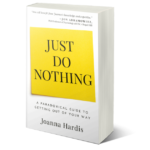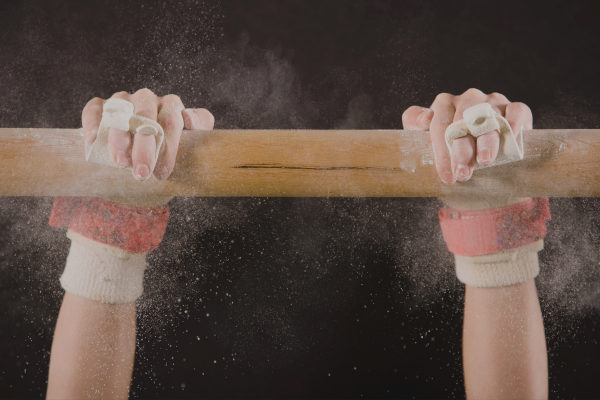Learning To Do … Nothing?
This week my guest is anxiety and OCD specialist Joanna Hardis who stopped by the podcast to talk about the art of learning to do nothing.
Wait … what? Nothing? Yes. Nothing.
Are You Subscribed To My Newsletter? Recovery tips. Updates on recovery resources. Encouragement. Inspiration. Empowerment. All delivered to your inbox! Subscribe here FREE. More Ways To Listen/Watch My Podcast: Listen on Apple Podcasts | Listen on Spotify | Listen on Amazon Music | Watch on YouTube Helpful Recovery Resources: My Books | FREE Resources | Courses and Workshops | Disordered (with Josh Fletcher)

The Highlights
Humans are conditioned to automatically spring into action to solve problems, and often we declare that our emotional and mental states are automatically problems that must be solved. When we experience discomfort, distress, anxiety, or any “negative” feeling we can get trapped into automatically trying to do something …. anything … to solve that problem and make it disappear.
The thing is, this is often paradoxically harmful in that it can keep us trapped in the very state we’re trying to escape. Learning that it is possible to do nothing about negative internal experiences – learning to ride through them without hitting the panic button – can go a long way toward getting us closer to where we want to be both in anxiety recovery and in life. And as it turns out, if we look at what Joanna wrote about in her book “Just Do Nothing“, we see that even as we struggle with recovery from an anxiety disorder, we’re not all that different from all the other humans walking the planet. The issues are often the same, just experienced at a different degree in our community. This is good news, because we’re afraid and unsure, but not defective and not broken.
Joanna does a great job talking about the importance of taking a step back, away from our discomfort and from our strong emotions. Part of learning to do nothing about our discomfort is to detach from the urgency and connect with intentionality.
Learning to do nothing is a big ask. Look for small, incremental changes in your life that you can practice and get better at over time. Forget the huge sweeping changes that social media says you need to make. That will only lead to frustration and discouragement.
Part of learning to do nothing is recognizing the difference between thoughts (these occur passively and without our intervention) and thinking (this is an intentional behavior we engage in).
When we learn to do nothing about our discomfort we open ourselves up to the possibility that we can handle the discomfort and we give ourselves the chance to learn and practice valuable recovery and life skills that we can use to meet challenges whenever they show themselves.
Keep in mind that part of getting better at doing nothing to fix, save yourself, or solve problems that don’t need problem, is being aware of when you fall back on how you feel as an indicator that something need to be done. Feelings are not always things we have to act on or interact with. It’s OK to let them be sometimes.
Links of Interest:

For more information about Joanna and her book:
Is This The Secret Sauce In Recovery? (Podcast Ep 305 w/Joanna Hardis)
Are You Subscribed To My Newsletter?
Recovery tips. Updates on recovery resources. Encouragement. Inspiration. Empowerment. All delivered to your inbox! Subscribe here FREE.
Helpful Recovery Resources:
My Books | FREE Resources | Courses and Workshops | Disordered (with Josh Fletcher) | Join My Instagram Subscriber Group
Podcast Intro/Outro Music: "Afterglow" by Ben Drake (With Permission)
